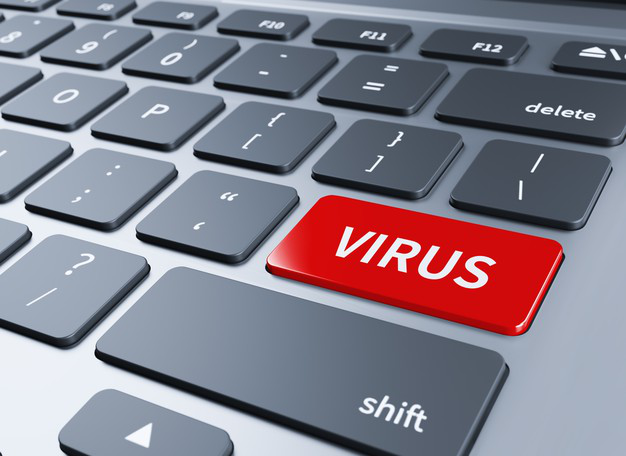A virus is a coded program that alters how a computer or a website works. It works by replicating itself, enabling itself to modify other programs as it inserts its code. It attaches itself to a genuine code to execute.
A virus, once it attaches itself to a code of a file or a program, will lie dormant and wait to be executed. This execution happens if you run an infected program or file.
A virus can travel across a network. This means if you happen to open a website that is infected and your device becomes infected, and no action is taken against the virus, other devices in the same network are at risk of being infected as well.
How to Remove a Virus from a Website
There are many ways your device can become infected with a virus in these modern times. They are spread in text messages, emails, internet downloads among others.
It is therefore advisable to be careful when surfing the internet or when downloading files. Don’t download any text content you are not expecting or not aware of and don’t visit sites you have no trust in.
If your website has a virus, this is how you remove it:

Clean Your Site Using a Paid Service
If you happen to find your site infected with a virus and do not know where or how to clean your site or you just do not feel like doing it yourself, you can hire a cleaning service at a fee, and they will clean the site for you.
Most of these services, once employed, continuously scan your site for any vulnerability and fix any problems encountered.
Remove Virus from Content Management System
CMS is software used in the creation and modification of digital content management. In case your website has been made using CMS, then it is advisable to begin checking for the virus in the original installation files.
You compile a list of all the infected files. You then continue to download the installation files from CMS.
After completing the downloading process, you will have to open the installation files on your computer and then compare them with the list of infected files.
After you complete the comparison process and you have either deleted or replaced infected files, you will need to update your CMS to the most recent and updated version available as well as other add-ons.
Clean Malware from Other Infected Files
In the case of a custom-made website, you will be required to remove malware code from the file.
This requires an individual with experience in coding. If you are not familiar with coding, you will not be able to differentiate between legitimate code and malware code.
Often, malware code is usually added or attached at the very top of the code or the very bottom. This malware code is usually longer than the general legitimate code and is usually made of a long string of text.
You can edit out the malicious code using file manager which will display the code in different colors making it easier for you to spot the unwanted or the malicious code. After a successful edit, you can save the malware-free file.
Check Rarely Visited Directories
Upload, cache, temp, backup, and more are some of the rarely checked directories by the system administrator. This makes them the ideal place for the virus to hide.
Always make sure to check all directories for anything that looks odd or out of place for it might be a virus laying dormant waiting to be executed, and take the necessary actions.
Non-Standard Attributes and Dates of Creation of Files
In file owner attributes, there are suspicious signs like the sending of my .php files to a server via the FTP or SFTP using owner attributes set to myuser. This is a sign of a virus. Also make sure to check the script creation date for if it is earlier than the website creation date, then there is a virus present.
Look For a Large Number of Files
A directory containing numerous files is the perfect hiding place for a virus. A large number of files shows a doorway.
When conducting your search, it is advised you start with a specific directory to avoid overloading the system.
Once the virus or the files containing the virus are located, they should be deleted or quarantined and those files that are replaceable should be replaced.
Conclusion - This Website Has a Virus
To prevent yourself or your business from losing data, it is advised that you keep your website virus-free. You can do it manually or you can employ the services of virus cleaning companies to clean your website at a fee.Related Article





